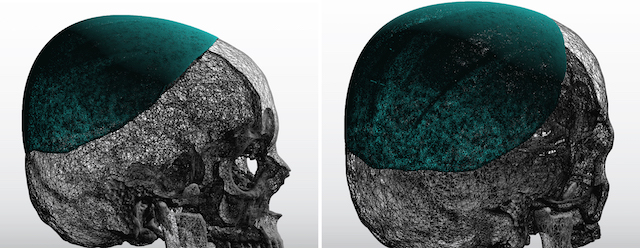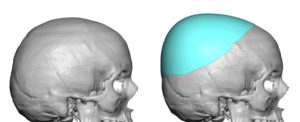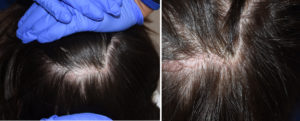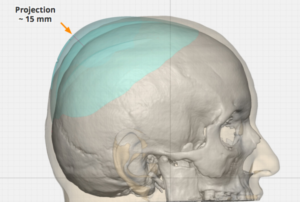Background: Aesthetic skull reshaping surgery is done for a wide variety of head shape concerns. Augmentation represents half of the potential skull reshaping procedures for flat areas, asymmetries and overall head size increase. While skull augmentations are done for both males and females, and could be requested for the same reason in either gender, there are specific gender procedural preferences.
In females the most common type of skull augmentation is for the crown area. At the intersection of the top and back of the head a high crown is often aesthetically desired by some women. When its height is less than desired women often arrange their hair so it add volume to this area. There are even plastic devices commercially available to place under the hair to create the appearance of a higher crown. The aesthetic value of a high crown of the skull in women is not clear. Given that a crown is a symbolic form of headwear worn by royalty one wonders if there is some desired connection to this head shape appearance.
Many women that present for crown of the head augmentation do have flatter crown skull areas as seen on their 3D CT scan. Such a scan can be used to determine how much skull augmentation in this area the patient prefers. By drawing increased contour shapes in profile on the scan it can be estimated whether a one stage or a two stage skull augmentation approach is needed. Computer imaging is also useful in this regard but must be done with the patient having wet hair with it combed flat to get a closer estimate of the actual head shape.
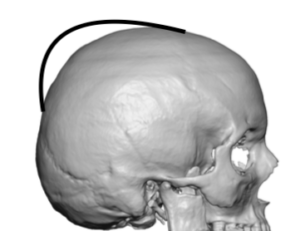
A first stage scalp tissue expander was inserted which was inflated to 150ccs over the next six weeks in preparation for the second stage custom skull implant placement.
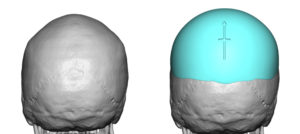
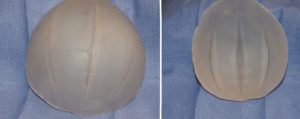

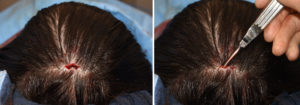
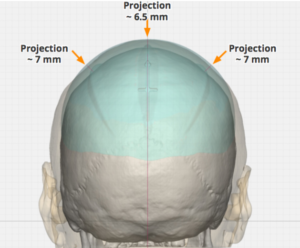
Case Highlights:
1) The most request for female skull augmentation is that of the crown of the head.
2) The most ideal or maximum amount of female crown augmentation usually requires a two stage approach to get implant volumes of 150cc to 200ccs.
3) Insertion of the custom skull implant after tissue expander requires partial capsulectomies and releasing capsulotomies around the perimeter.
Dr. Barry Eppley
Indianapolis, Indiana

